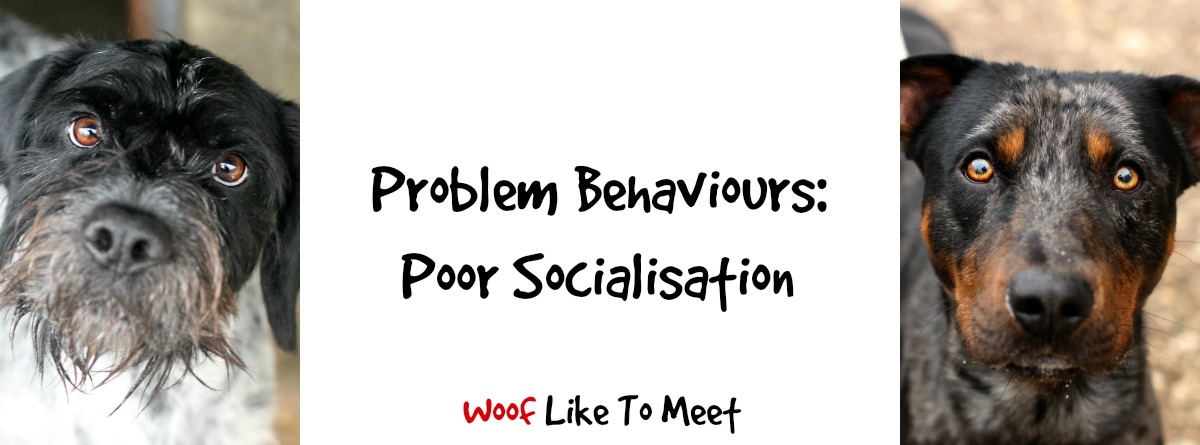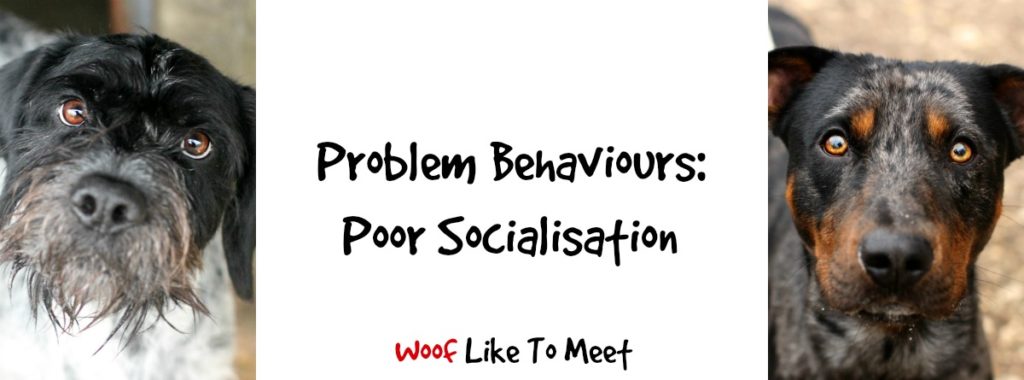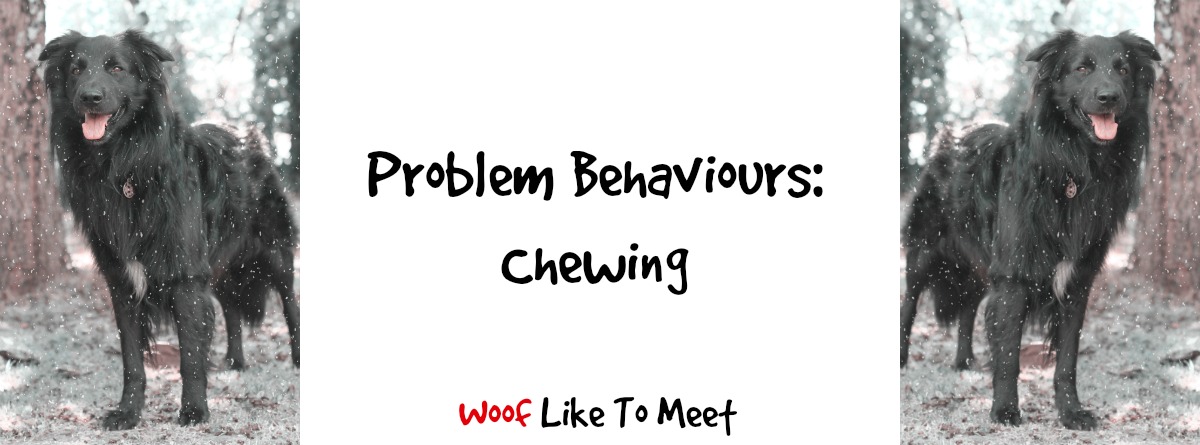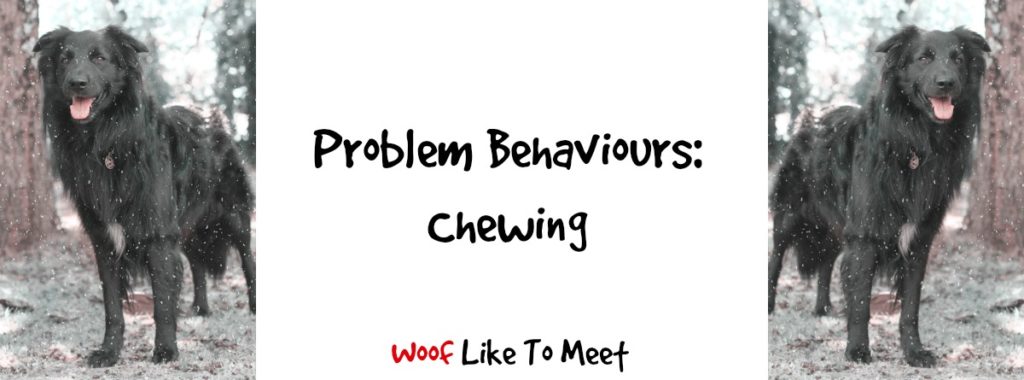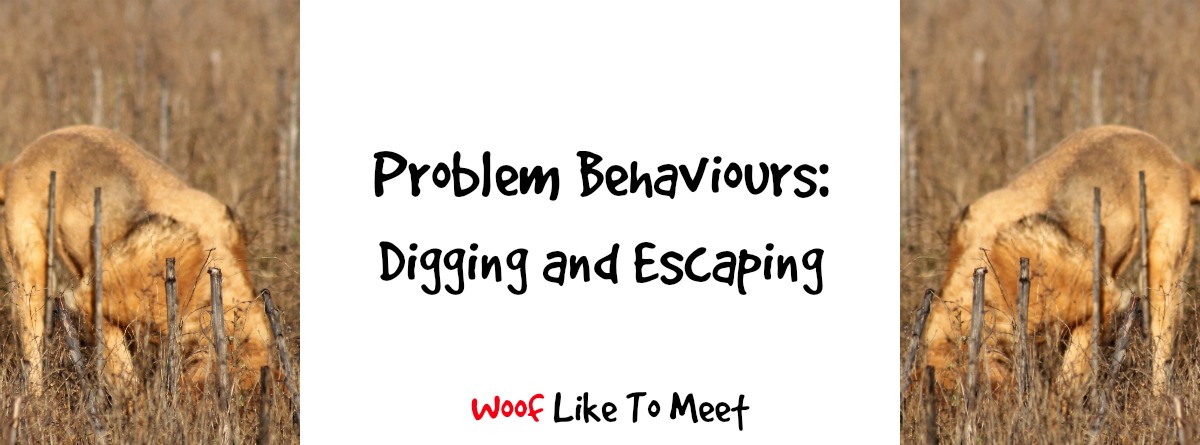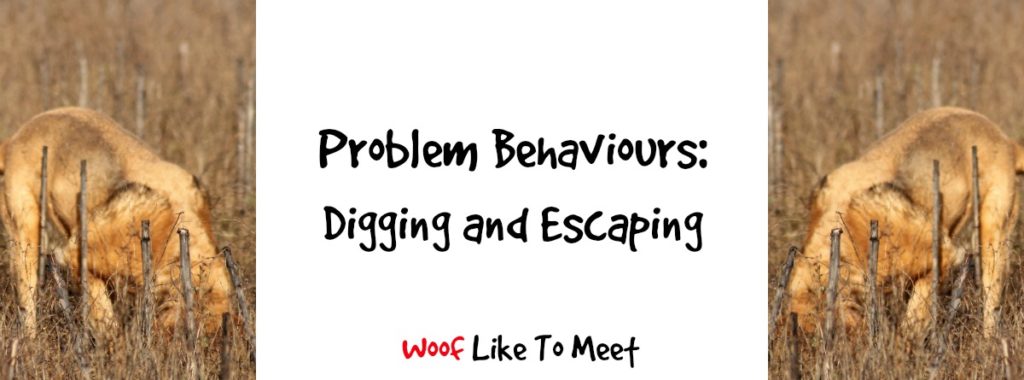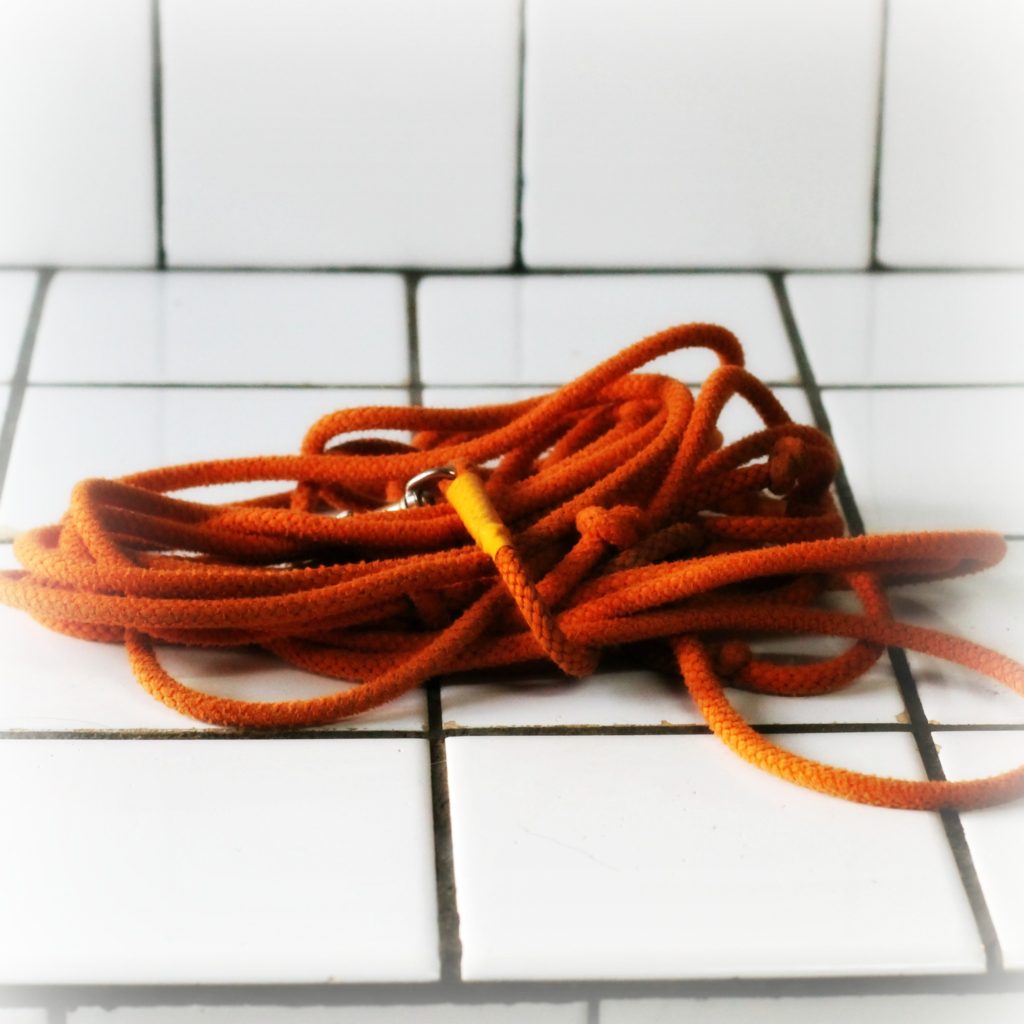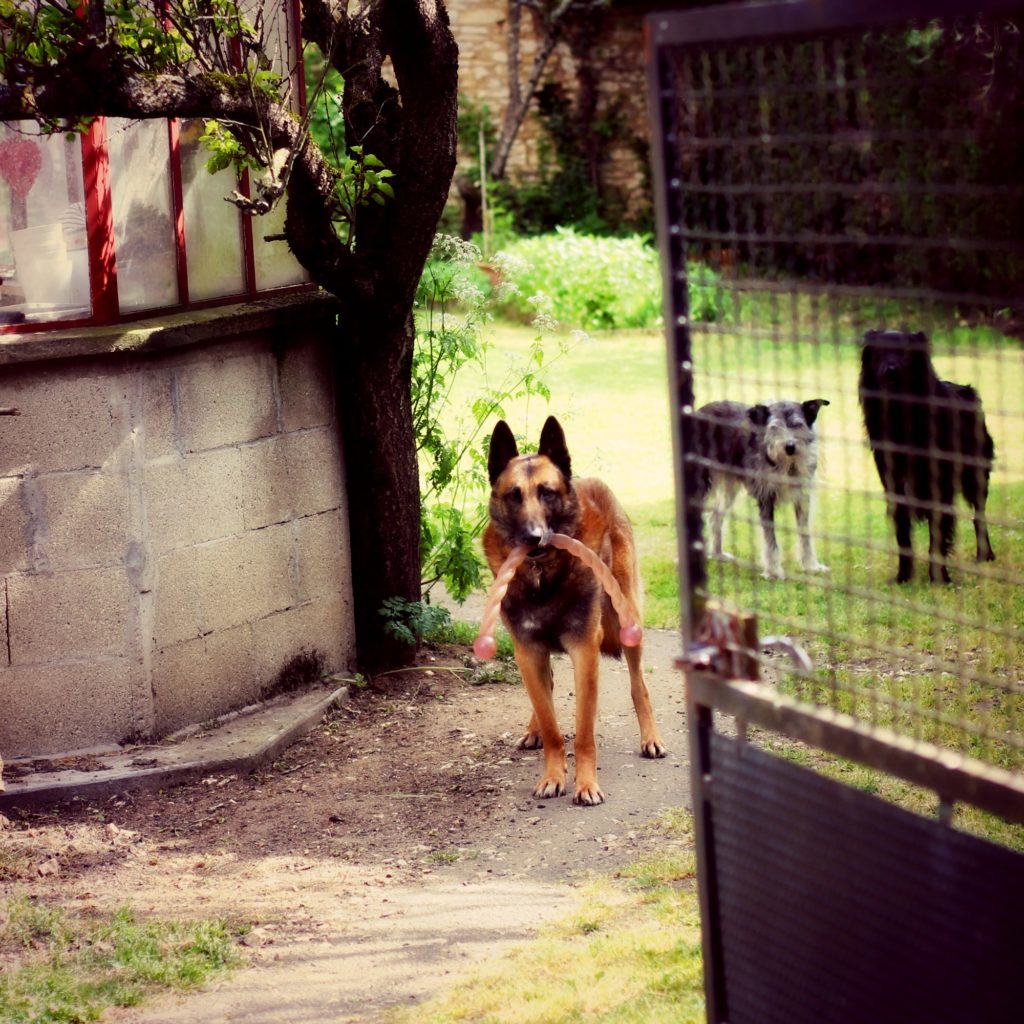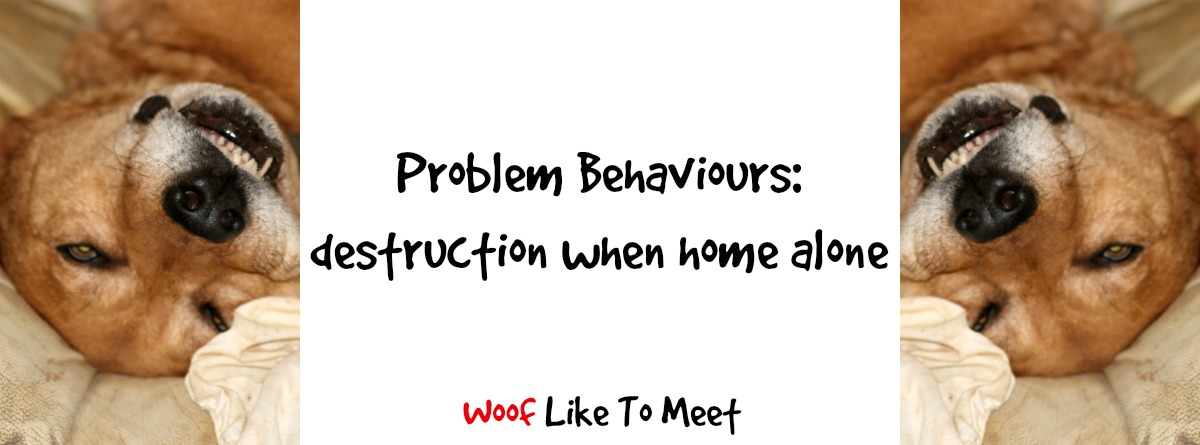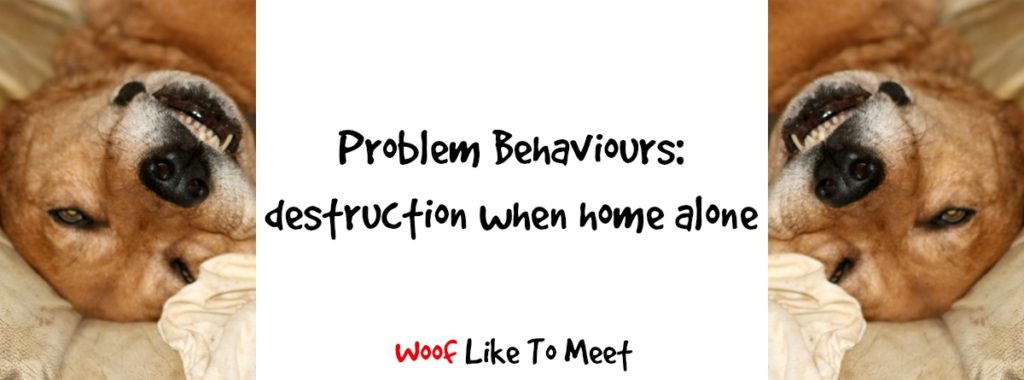Sometimes it feels that the universe is pointing you in a particular direction… today’s post about poor socialisation in dogs, and how to rectify it, feels like there is something in the global zeitgeist. The shelter accepted a 5-month-old chihuahua to rehabilitate a couple of weeks ago. Mr Putchy’s main problem? Poor socialisation! I’d also posted an article from veterinary behaviourist Dr Jen Summerfield, “Socializing Your Puppy: Why Later is Too Late” which ended up causing controversy for one person who didn’t like recommendations of the article. And this week, I’ve been spending a lot of my shelter hours with another young lady whose main problem is… you’ve guessed it! Poor socialisation.
Socialisation in itself is a word that can be confusing and often misused. So before I start, I’m going to clarify what I’m talking about for the purpose of this article.
Socialisation refers to the way in which a young puppy is introduced to the world around it. That includes but is not limited to: dog-dog exposure; dog-person exposure; dog-other animal exposure; dog-world exposure; dog-home exposure. Socialisation usually means the way in which a young animal gets to experience positively the world around it. When we talk of socialising a puppy, what we mean is that we are going to introduce it gradually to the world around it so that it is familiar with and can cope with the world in which it will live.
Socialisation in itself is a minefield. It is supposed to be a gradual process by which a young dog can get used to all the things in life that it will need to in order to function as a great, well-adjusted adult. However, many people fail to do this at all because they are worried about exposure to diseases, or they don’t realise what a puppy needs and the short timetable in which this has to occur. Or many people do it badly and end up over-exposing the dog to the world around them, so that the dog develops a fear response or an aggression response to the world rather than one of a confident dog who feels comfortable in the world.
Our dogs pay a heavy burden for our human lives. We expect them to cope with strange monsters like hoovers, sieves, coffee machines and snowmen. We expect them to get on with every single other dog they meet (even the arsehole spaniel down the street who likes to hump anything that moves, and lots of things that don’t…) and we expect them to accept babies, toddlers, people on bikes, people moving on skateboards, sheep, cats, kittens, postal workers, cars, chickens, horses, cows, stairs, doors, gates, French windows, mirrors, noises, storms, fireworks, gunshots, engine noises, lawnmowers … the list of things that might not make sense to a dog is enormous. They’re all things that we need to introduce our dogs to.
And extensive research tells us that the best time to do that is generally between 3 – 13 weeks. Some say 16 weeks. Some say 11 weeks. Some say it’s breed-specific. But nobody says it’s 5 months. And nobody says a year. 3 to 4 months is around the cut-off point for what is called the “socialisation window” where dogs will greet things without fear. They will then enter into a period of heightened sensitivity to stuff that can last a good couple of years, where their reactions may well be very extreme indeed. Add hormones, growth and a bunch of other stuff to that equation and you can see why so many owners miss this critical period or it ends up going catastrophically wrong and teaching a dog to be afraid.
Not only that, a puppy is not a “blank slate” when they are born. Breed has a strong influence on behaviours. Parents also do. Fear and aggression are known to be inherited traits, but they aren’t the only other behaviours that are. If you have a dog who is a naturally suspicious breed by nature (think of all those breeds for livestock guarding and protection work!) then it’s extra important that they have the right socialisation. If you have a dog who is naturally nippy, then it’s vital that their socialisation includes really, really good bite inhibition. Trying to do that with a five-month-old is much less reliable. Trying to do it with a three-year-old and you have a long and lengthy battle for something that will never be entirely reliable. In-utero experience can also cause a puppy to be born fearful. So if you have a naturally fearful breed coupled with fearful parents and a mother who was releasing lots of cortisol during her pregnancy, then you have your socialising work cut out. Patricia McConnell did a great ASPCA webinar about resilience in dogs, that bounce-back-ability. She says that dogs have a ceiling for what they can be, a potential. If the most well-rounded, well-adjusted dog was a ten, then some dogs are only ever going to have the potential to be a six or a seven. For some of our shelter dogs, although many have great potential, there are occasional dogs whose potential is perhaps a two. If you were born in a barn to fearful parents and never socialised, your potential is incredibly limited. Likewise if you were born of suspicious stock and taken from your mum at two weeks, your chances of ever being more than a two or three out of ten are very limited. Those dogs are rare though.
So some puppies come into the world with a ‘confidence’ or resilience potential of perhaps a six or seven at best. Good socialising experiences will get them to a seven. Poor socialising experiences can keep them at a three or a four. As with any Nature vs Nurture debate, sometimes there are people who think it’s all in the genes. Other times, people think it’s the result of experience. Scott and Fuller’s trials in the 1950s and 1960s are the most detailed information we have about the effect of socialising: it is their work that defined the ‘critical period’ for a puppy.
For that reason, anything beyond 16 weeks is remedial socialisation and can be a long, hard slog. This is just as true of real-world life experience socialising as it is of dog-dog socialising. For the sake of this article, I’ll be talking about dog-dog socialisation. Everything else in one post is just… a bit much!
Anyone who tells you that your antisocial dog can be easily socialised around other dogs is telling you porkies. Forget what people say about introducing dogs to enormous packs, and how dogs will quickly integrate when there’s X amount of dogs, or how ‘canine communication’ classes can allow dogs to teach each other. At best, they may work. At worst, the potential for physical damage or even death is absolutely massive. For some dogs whose lineage includes those bred for increased aggression towards other dogs, this ‘in at the deep end’ approach can have serious consequences. It makes me very sad when I hear of dogs introduced to enormous groups and the line “we just stick a muzzle on them”… essentially, you’ve got a dog who’s been ‘hobbled’ and what happens is not socialisation, it is learned helplessness. Adult dogs who have increased suspiciousness, increased gameness and increased pugnaciousness in their genes, coupled with a real lack of socialisation in their puppyhood will need a very realistic target for ‘social’ behaviour indeed.
Some dogs may be afraid of other dogs. You may find that they are fearful around them, cowering back into you, or rolling on their back passively. Others prefer the tactic of attack first, ask questions later. Barking, growling, airsnapping or even biting are common with dogs who have little experience with others. You may even find that some dogs have lost their way to communicate effectively with other dogs, or they’re rough. This post about different types of dog and how to socialise your adult rescue dog outlines six different types of dog. Whilst some dogs come on too strong, others prefer space. There are also dogs who get a rise out of targeting a specific dog (or type) and those who have no demeanour-shifting skills, meaning they’re always the chaser and never the chasee. Then you have your resource guarders and also your habitual fighters.
Don’t forget too that aggression can be caused by many medical issues, so a trip to the vet should always be your first port of call. Whether it’s a hormonal thing or an age thing, there can be many reasons your dog may be less friendly with others, particularly if your dog is generally okay with other dogs or you’ve noticed a change in behaviour.
So how do you manage your anti-social adult rescue dog?
Firstly, you can manage their environment. Little Miss Playful who I was working with this morning would be perfectly happy in an environment with no other dogs at all. We have lots of dogs like that. There are plenty of dogs who have no desire to meet others of their species and who are too far down the anti-social dog route to be comfortable coming back from it easily. For these dogs, keeping them away from other dogs as much as possible until you can manage a careful programme of rehabilitation is a reality that most dog owners choose. If the dog doesn’t need to accept the presence of other dogs, you may well find that it is the easiest route. You will find that you can avoid other dogs on walks if you walk in antisocial hours, or you can even engage a friend to redirect a dog behind a fence so you can pass quietly. Taking walks where you deliberately avoid dogs behind barriers can avoid a ot of the problems.
You can also do this in a selective way. For instance, I know my foster dog is okay with bigger dogs, but with smaller dogs who run, he needs a very careful on-leash introduction. The first moment a dog takes off, he’s after it. One of my own dogs, Heston, is okay with smaller dogs or bigger dogs. Amigo likes shy dogs. Tilly is okay with smaller male dogs. Tobby was okay with everything except for hormonal uncastrated young male hounds. That’s a fairly specific environment to manage and it was easy enough to make sure he didn’t ever meet any off-leash teenage hounds in the cusp of manhood.
That said, managing the environment is a prevention, not a cure.
You may choose to deal with it head-on and train a better response. One of the ways you can do this is to listen to what your dog is telling you. Most dogs are communicating much more than we know before they even get to the growl or the bark. You can see quiet changes in their body language way before they get to their ‘threshold’. For many dogs, they stop and stare, focus hard on the dog in front of them. You can see their body hard, their neck high, their eyes focused. If they are afraid, their ears may be back. If they are aroused, their ears may be forward. By looking for the small changes in your dog’s behaviour, you will be able to tell when they are in the ‘training zone’.
Grisha Stewart’s Behaviour Adjustment Training is a programme that I use with reactive dogs. I teach lots of other things too, such as the emergency U-turn and the automatic check in. The emergency U-turn, from Patricia McConnell’s book Feisty Fido is a way to avoid confrontation by putting some space between you and another dog. This needs a rock-solid ‘sit’ and ‘focus’. I also teach ‘wait’ and ‘down’. For Hagrid, a very airsnappy shelter boy, we worked from his sit to focus, then to wait and then to down. I taught him an automatic check in – he looks back at me and I move away. Working in that green ‘under threshold’ area, even 300m away from dogs, I can see if problems are about to occur and move away.
You can see Donna Hill doing an emergency U-turn series here.
Most of these things are just basic obedience training, but I find they give your dog a structure that helps them know that you are working as a team together. It allows them to put their trust in you and know that you will make decisions that don’t make them feel uncomfortable. For many shelter dogs, they don’t display affiliative behaviour with volunteers or shelter workers. They don’t see you as a leader or a partner, just the person on the back end of the leash. That makes it very hard for them to trust you. When a dog trusts you to read them, to back off, to move away, never to put them in situations in which they feel uncomfortable, they are immediately less reactive. I don’t just do a sit-focus-down-focus-wait sequence when other dogs approach – it is a staple of my training. They get treats or play and I get a dog who can manage their behaviour better when others pass.
Another technique I teach reactive dogs around other dogs is the ‘up-down’ game, explained here. Leslie McDevitt (whose DVD is excellent, by the way) explains the way pattern games can help a dog overcome reactivity
You can also teach flip finishes (and there are some great Youtube videos with Malis doing flip finishes!) as well as the “side-side” game.
Another thing you can teach is the automatic check in. This has enormous benefits for dogs who are unsure. When they look back to you, when they look to you for guidance, capture and reward it. You’re teaching the dog to look to you as the decision maker and check in with you when they’re unsure. When you act on that and reward the dog by making a choice that works for them, you’re helping them make good choices. It also allows you to gauge how interested they are in the environment. A dog who doesn’t check in is a dog who is over-stimulated by the environment. It’s easy to teach just by sitting with the dog or moving about their enclosure. When they look at you as if to ask where you are going, mark and reward them. Doing it for the best check-ins over a period of time and then giving occasional jackpots is a good way to get their undivided attention. A dog whose attention you can get in one place, but never offers an automatic check-in in others is a dog who has not yet made the connection between auto-check-ins and your presence (i.e. you’re just the person holding the lead) or is a dog who is over threshold and needs you to dial the environment back a bit. For dogs not used to doing this, use high-value rewards at first.
You will find you’re using a lot of rewards at the beginning, and high value ones too. That’s okay. You won’t always be using them. For this reason, I work on Roger Abrantes’ principal that a third of the dog’s diet should always come from training, a third from searching and a third from the bowl. In fact, for a reactive dog, I’d say half-search and half-rewards. You have zero need for a bowl with a reactive dog. All those free ‘wages’ for a dog being given away on a silver platter. I also have a handful to spread over the floor for emergencies. A dog who is happily rooting around in the grass for sausages won’t notice a herd of elephants going past if done right. I can’t tell you the number of times that this has helped me deal with an emergency dog appearing in the distance. Plus, it teaches the dog to sniff the ground. This activity is often called a calming signal – if done as a displacement by the dog. To a dog in the distance, a dog sniffing the ground looks like a calm, non-reactive dog. They don’t know he is looking for sausage. I can’t tell you how many dogs are way calmer when passing an under-threshold dog. It diffuses so much. They’re calmer. Your dog is calmer. You are calmer.
That’s just some of the methods I use with a highly-reactive dog as remedial socialisation. When it gets to the point that the dogs can accept another dog in the vicinity without incident, it’s time to move it up to off-leash stuff. You should have worked your way through a number of stooge dogs and any trustworthy friends with well-socialised dogs. At this point, it’s a really good idea to have a structured support programme like Grisha Stewart’s, or the programme outlined in Jean Donaldson’s book Fight! Off-leash introductions are a whole new level of challenge for a dog and remedial socialisation past this point will need to be absolutely spot-on.
You’ll find other information about counter-conditioning and teaching new behaviours in my post about socialising your adult rescue dog.
In the next post, I’ll look at some ways that you can deal with a range of biting issues that your dog might present with.

